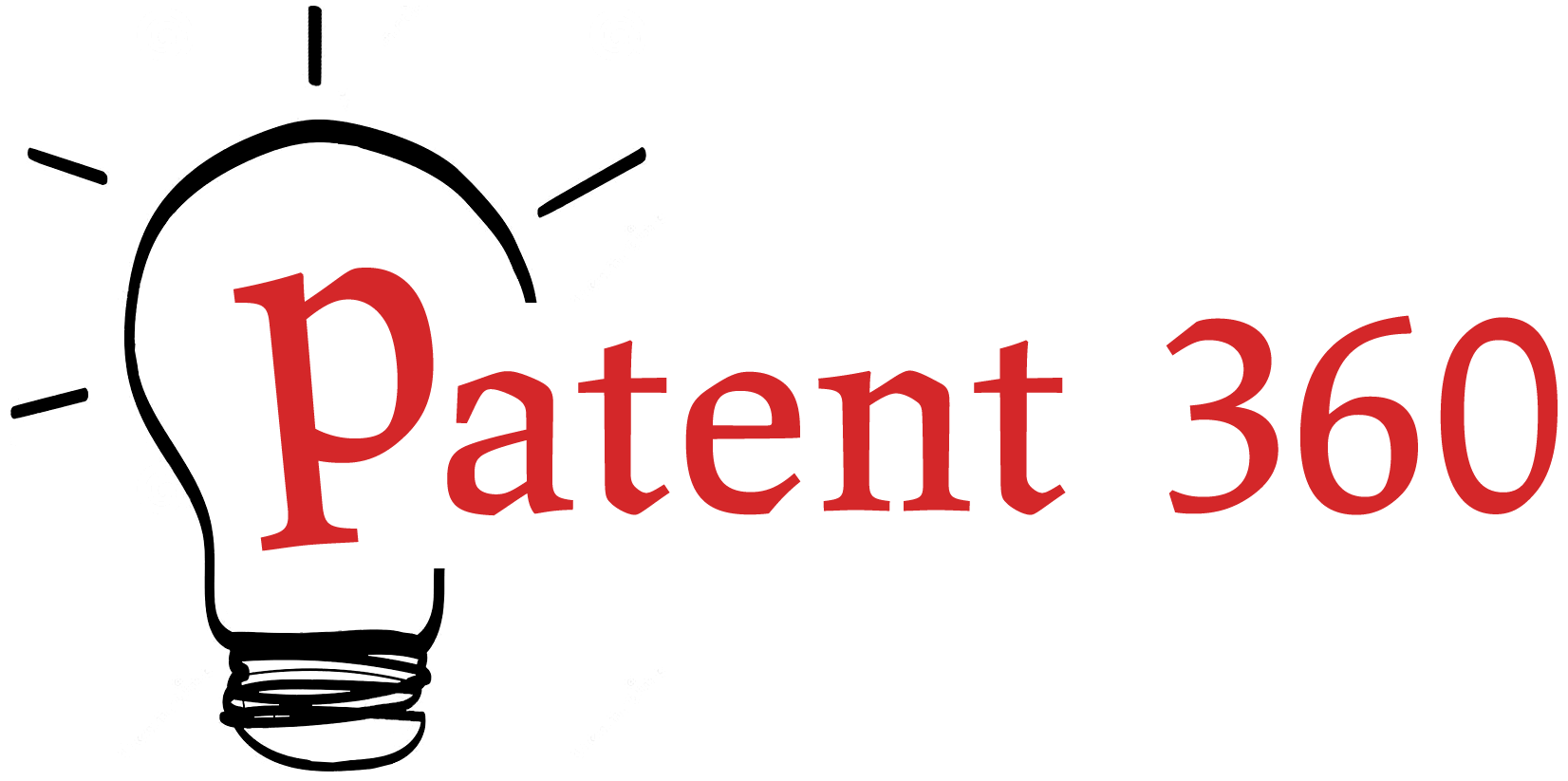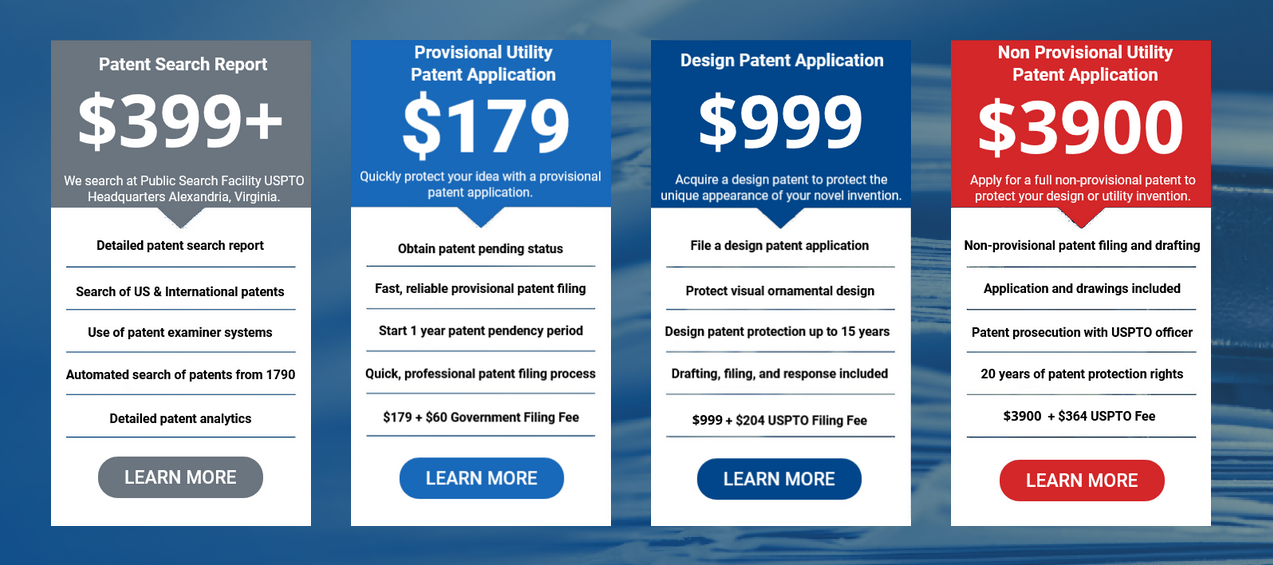Before pursuing intellectual property (IP), you need to be sure that your invention passes the patent novelty test. Patents are undeniably one of the most effective resources to protect modern-day inventions. Once secured, patents give inventors the legal right to exclusively use, produce, import, sell, or profit from their ideas. Of course, not every innovative idea is eligible for IP protection. Before filing a patent, you need to ensure your product is truly new, novel, and non-obvious. Read on to learn if your invention passes the patentability test.
Novelty
For a start, your invention subject matter must be deemed novel to qualify for patent protection. Novel inventions cannot be announced in publications, press releases, news documents, or through media outlets prior to the time of disclosure. To assess novelty, your IP attorney may recommend filing a patent search report – which will carefully examine any similar prior art references. With this level of examination, you can uncover any already available information in your invention’s technical field. Certainly, examine novelty to assure your invention passes US patentability tests.
Eligible Subject Matter
Your invention’s subject matter may also be tested, vetted, and analyzed for patentability. The US Patent Office only recognizes novel inventions, machines, compositions of matter, and articles of manufacture as eligible for IP protection. Naturally, this classifications extends to nearly every type of physical device and invention. That being said, inventors of tangible products rarely have to worry about eligibility in this aspect. Software applications, diagnostic systems, and medical technology may be subject to through review. If you’re concerned, meet with an expert prior art patent attorney Phoenix AZ to find out what’s possible. Absolutely, ensure that your invention passes patent eligibility tests regarding its subject matter.
Useful
To be eligible for intellectual property protection, your invention must also pass patentability tests for usefulness. Useful inventions have a direct purpose, function, or utility. While it doesn’t need to be beneficial for all, your idea should be useful, applicable, and advantageous to some people. Determine the exact industrial application of your product. Avoid broad, speculative, or vague definitions for this test. Most of the time, USPTO usefulness requirements are some of the easiest to satisfy. Indeed, you need to pass patentability tests for usefulness before obtaining intellectual property.
Enablement
Of course, there are also later patent novelty tests for enablement. To meet the USPTO’s enablement standards, you’ll need to prepare a comprehensive, detailed, written description for your physical invention. This should include the process to manufacture, create, design, and use your product. Try to prepare effective writings that are concise, clear, and easy-to-interpret. Then, bring everything to your patent agent for review. They’ll advise you on what ongoing steps to take for success. Absolutely, intellectual property testing for enablement is crucial before filing for intellectual property protection.
Non-Obvious
One of the final patent novelty tests concerns non-obviousness. Inventions that are non-obvious could not easily be understood, conceptualized, thought-of, or understood. Think of an ordinary person, who is inexperienced in your field. Would they be able to realistically think of your idea – without previous knowledge of the subject matter? If so, then the invention is likely non-obvious. Take some time to compare differences between your invention and the “obvious” prior art. For this test, common sense is one of the most useful tools for inspecting obviousness and originality. Surely, test for non-obviousness before filing a USPTO utility patent online.
Inventors must pass a few necessary patent novelty tests before filing for intellectual property protection. Most well-known, your invention needs to pass the NUN tests. These ensure that your invention is novel, useful, and non-obvious. Simply put, it compares your idea against any existing prior art references. Of course, your invention also needs to align with USPTO enablement requirements. At the same time, your invention must have an eligible subject matter recognized by the USPTO. Follow the points above to learn about conducting patent novelty tests on your original invention.





